 |
| Laos-Vietnam coalition in the resistance war against France, 1950. Photo: VNA archive |
The Vietnam-Laos coalition trapped many elite enemy troops in Central Laos to coordinate with the Dien Bien Phu front.
In mid-April, after seeing that the "Hawk" plan was not being implemented according to the deadline he had proposed, the commander-in-chief of the French expeditionary army, Navarre (Nava), guessed that the implementation of this plan might encounter difficulties. Faced with the dire situation of Dien Bien Phu, Nava thought of a new plan: the plan to escape from Dien Bien Phu, called the Condor plan.
Nava planned to have a French expeditionary force in Laos capture the Tay Trang area on the Laos-Vietnam border, then flood into Dien Bien Phu; at the same time, the French expeditionary force in Dien Bien Phu would risk their lives to break the siege, open a bloody path to Tay Trang, combine with the troops there, and flee back to Laos. The infantry would combine with the paratroopers to carry out the plan with the support of a strong air force.
At first, Cogni (Conghi) opposed the Congdo plan, saying that he was short of troops, lacked means of transport, and the weather was bad. Conghi thought that the retreat would fail miserably and if the garrison continued to resist at Dien Bien Phu to hold back our main forces, it would save the French expeditionary army in the Northern Delta from disaster.
 |
| In the second attack, we concentrated on superior troops and firepower to simultaneously capture the high points. In the photo: Fierce fighting at position 206. Photo: VNA archive |
However, on April 25, Conhi called Nava to say that Conhi agreed to carry out the plan. Conhi believed that although the plan had limited effects, there was no other way to save Dien Bien Phu.
However, this plan failed when, on the way to withdraw, the enemy was intercepted by the 18th Regiment and Lao armed forces, causing their forces to be depleted and their morale to decline.
Before the Dien Bien Phu Campaign entered its third phase, our and our friends' offensive in Central Laos ended. During this phase of operations, we eliminated nearly 3,000 enemy troops from combat, continuing to hold many of their elite mobile troops in Central Laos to coordinate with the Dien Bien Phu front.
The bloody massacre at Noong Nhai, Dien Bien Phu
 |
| Shock units attack Muong Thanh airport. Photo: VNA file |
On April 25, 1954, the French colonialists, in panic due to the collapse of the main fronts, bombed the Noong Nhai concentration camp (Thanh Xuong commune, Dien Bien district) with more than 3,000 people, killing 444 civilians and injuring hundreds, mainly women and children.
Previously, on November 20, 1953, the French colonialists unexpectedly landed troops in the Dien Bien basin - where the people of Dien Bien had enjoyed a peaceful life for only 11 months since the victorious conclusion of the Northwest Campaign (December 10, 1952). A few weeks after retaking the Muong Thanh valley, in order to cut off support from the rear right at the base, isolating the people from the army, the French colonialists herded the local people into 4 concentration camps, including Noong Nhai concentration camp, under the close supervision of military posts.
Noong Nhai concentration camp consisted of more than 3,000 people, mostly Thai ethnic people, from the communes of Sam Mun, Thanh An, Noong Het and Thanh Xuong. Implementing the policy of "burn everything, destroy everything", De Castries continuously issued daily orders: All bamboo and wooden houses of the evacuated people must be demolished, and the materials collected by the engineers to build shelters.
On March 13, 1954, our army launched the opening battle against the Dien Bien Phu stronghold. As the fighting continued, it became more and more fierce, forcing the French army to retreat from many important strongholds. By the end of April 1954, the area of the battlefield they temporarily controlled was only a few square kilometers wide.
Unable to suppress the burning patriotism of the Northwestern people, they were in a passive position when surrounded and facing imminent danger of annihilation, so they committed the most despicable crime of killing civilians - something that the International Convention strictly forbids - by bombing the Noong Nhai concentration camp. At the end of the brutal massacre, many families had no survivors. More than 440 civilians were killed and hundreds were injured.
 |
| On May 7, 1954, the historic Dien Bien Phu Campaign ended in victory, the entire enemy stronghold in Dien Bien Phu was destroyed by our army, the "Determination to fight, determination to win" flag was fluttering on the roof of General De Castries' bunker. Photo: VNA file |
Just 13 days later, the Dien Bien Phu stronghold fell.
70 years have passed, only the story of the cruelty of the colonial empire against the people of Noong Nhai remains intact, while the village and the appearance of that historic land have changed so much, the people's lives are prosperous and happy.
 |
| The Noong Nhai relic stands out with a statue of a Thai woman holding her child who died from bombs and bullets, expressing the pain of mothers losing their children. Photo: Xuan Tu/VNA |
The memorial site of the bloody massacre in Noong Nhai still stands tall along Highway 279, the trans-Asian road to Laos. The statue of a Thai woman holding her child who was killed by enemy bombs in her arms represents the ultimate pain of mothers who lost their children, but still stand up steadfastly.
 |
| Muong Thanh fields. Photo: Xuan Tu/VNA |
Closing the pain of the past, the ethnic people in Noong Nhai area unite, develop the economy together, eliminate hunger and reduce poverty, and become rich on the former battlefield. Coming to Thanh Xuong today, on the vital National Highway 279, on one side is the immense green Muong Thanh field, on the other side is the increasingly bustling and developing new urban area of Bom La.
[Source: VNA; Books: Chronicle - Volume 2 "Dien Bien Phu Victory" People's Army Publishing House, Hanoi, 2024; "Dien Bien Phu Campaign - Events and Figures" People's Army Publishing House, Hanoi, 2024]
Source


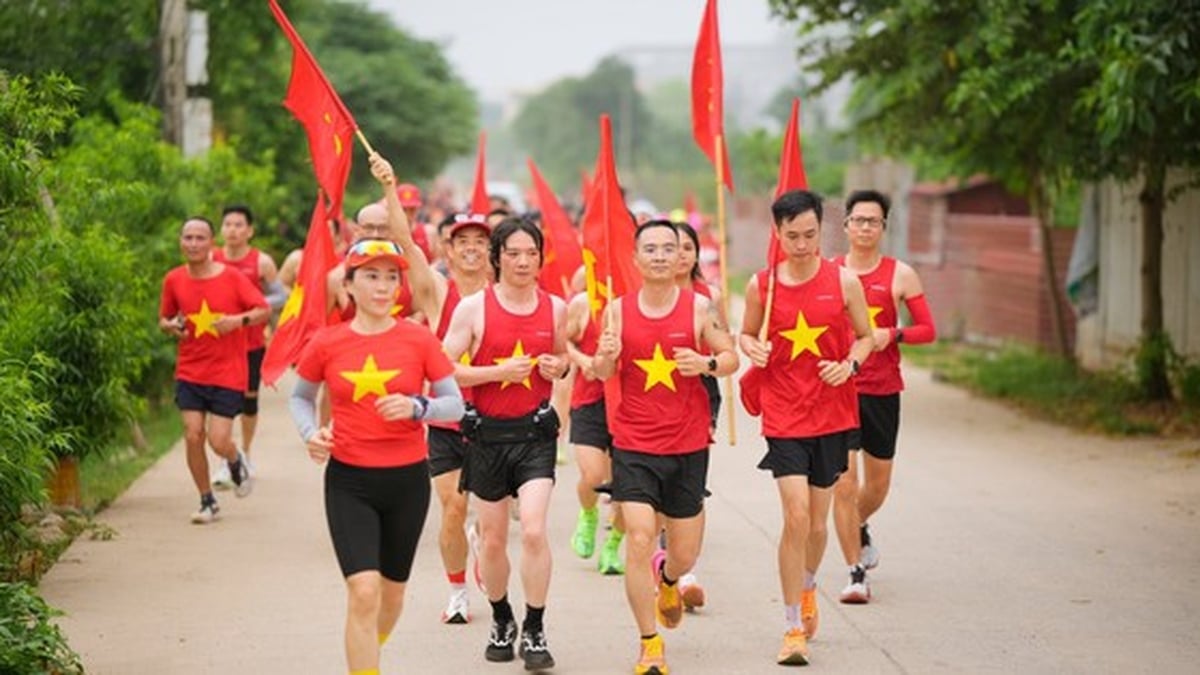

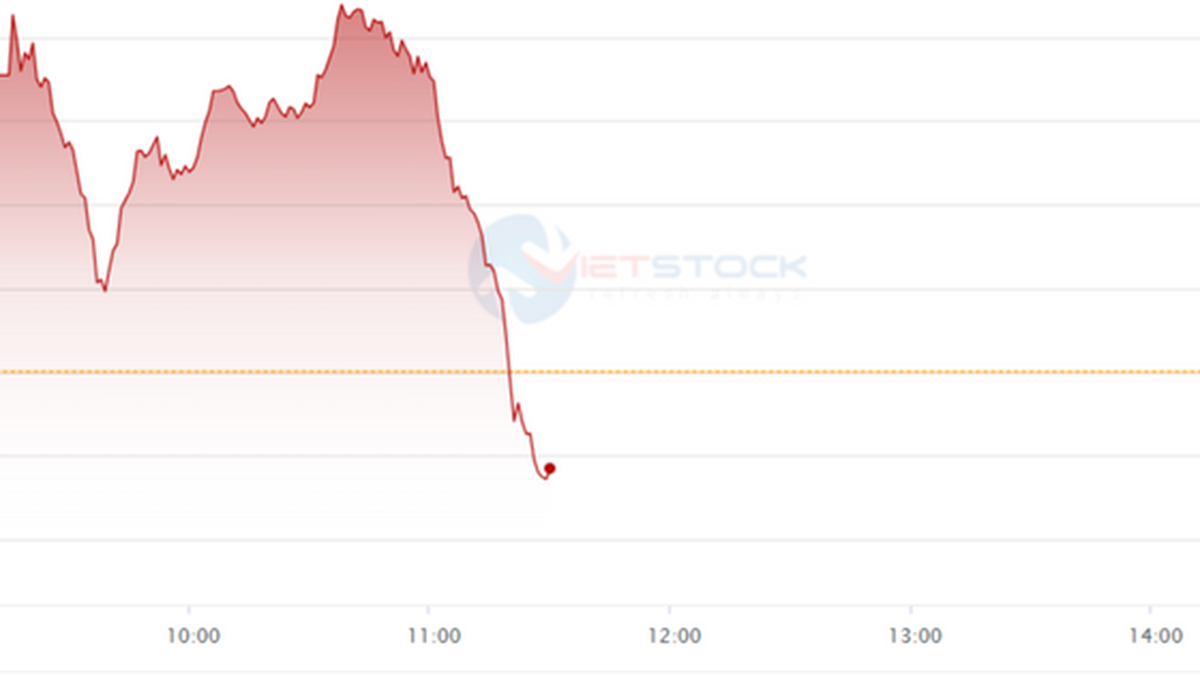
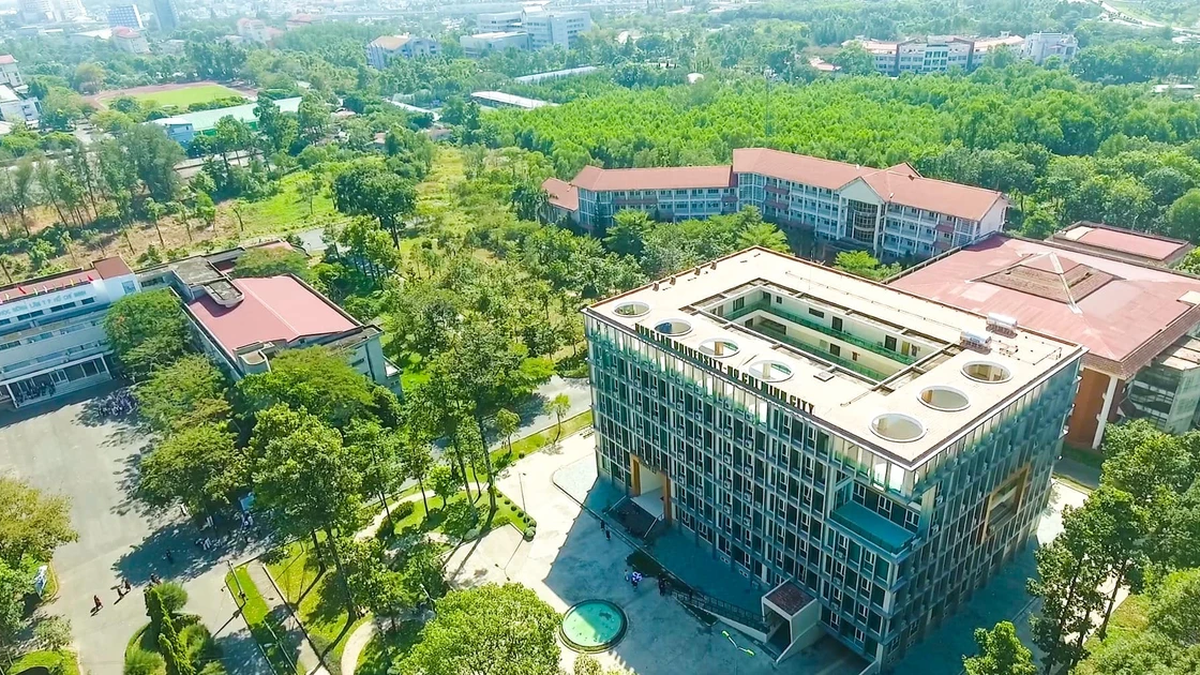
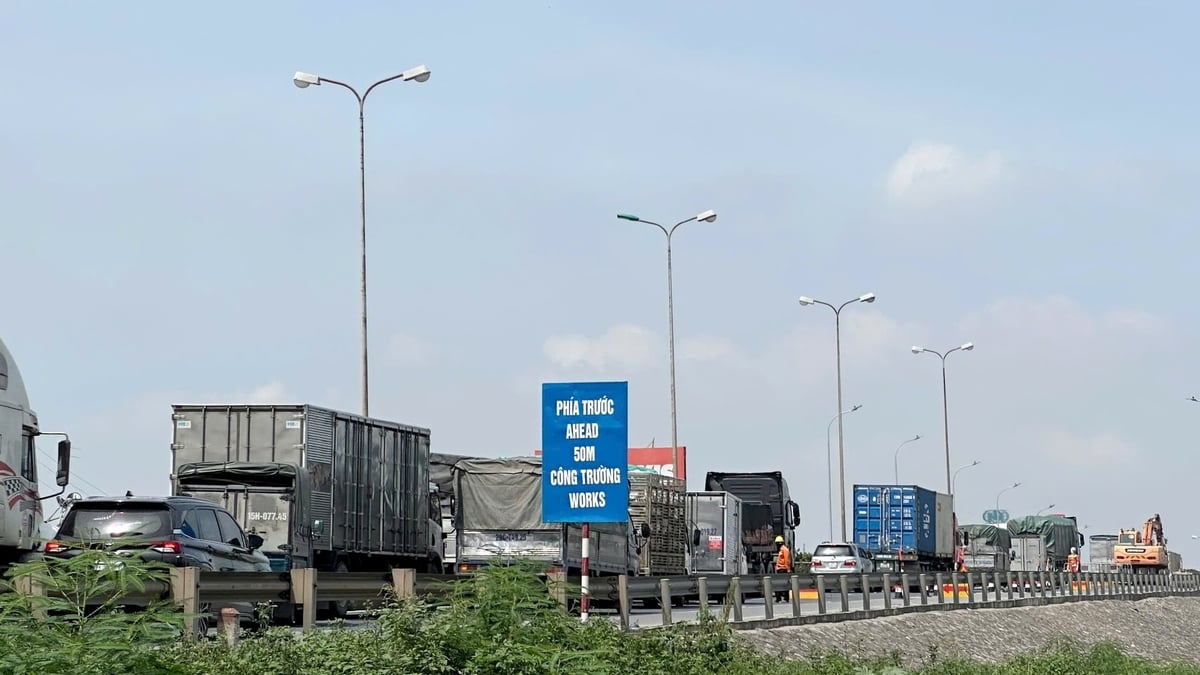
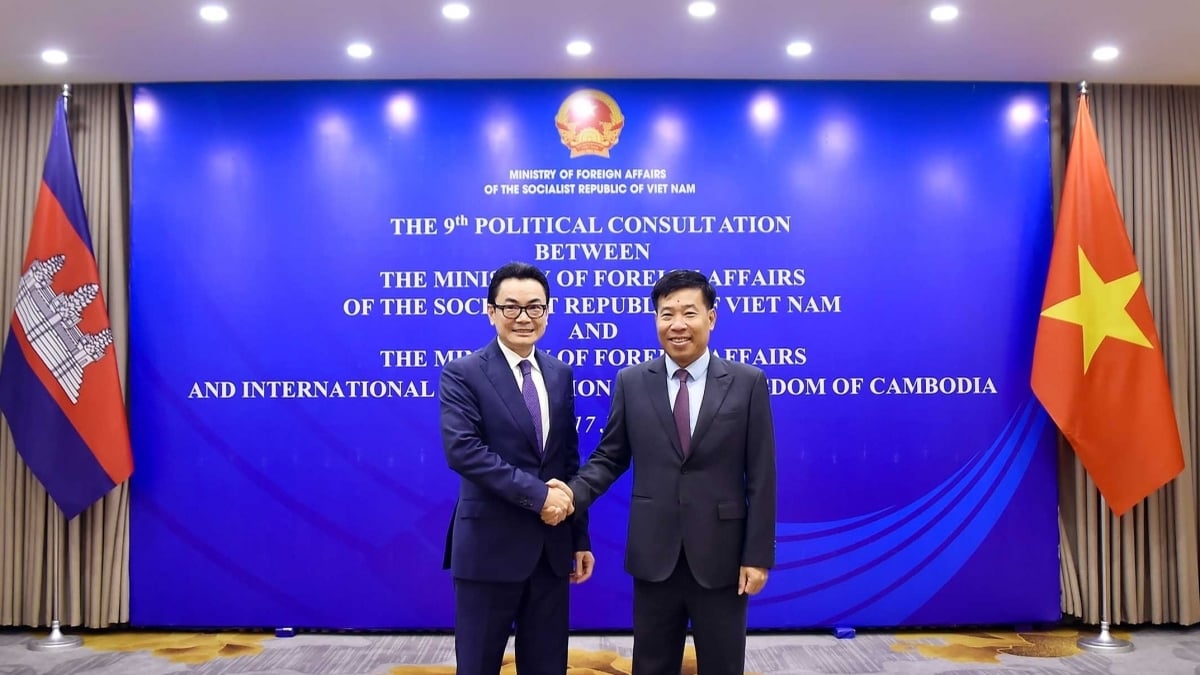
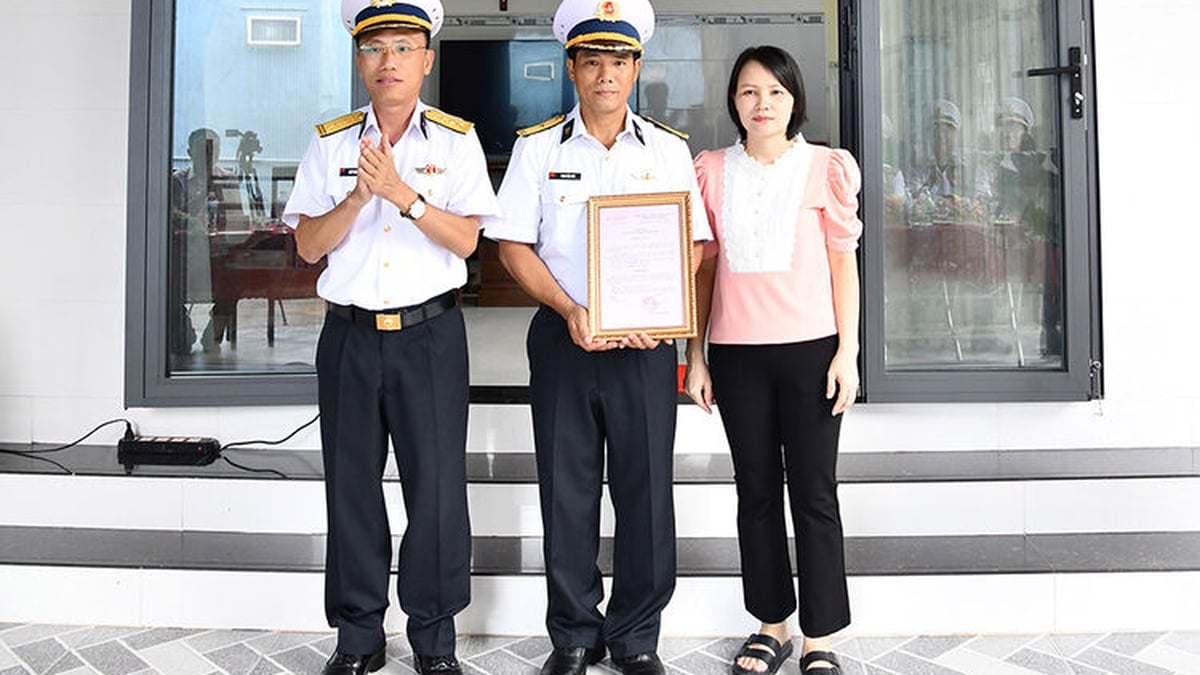
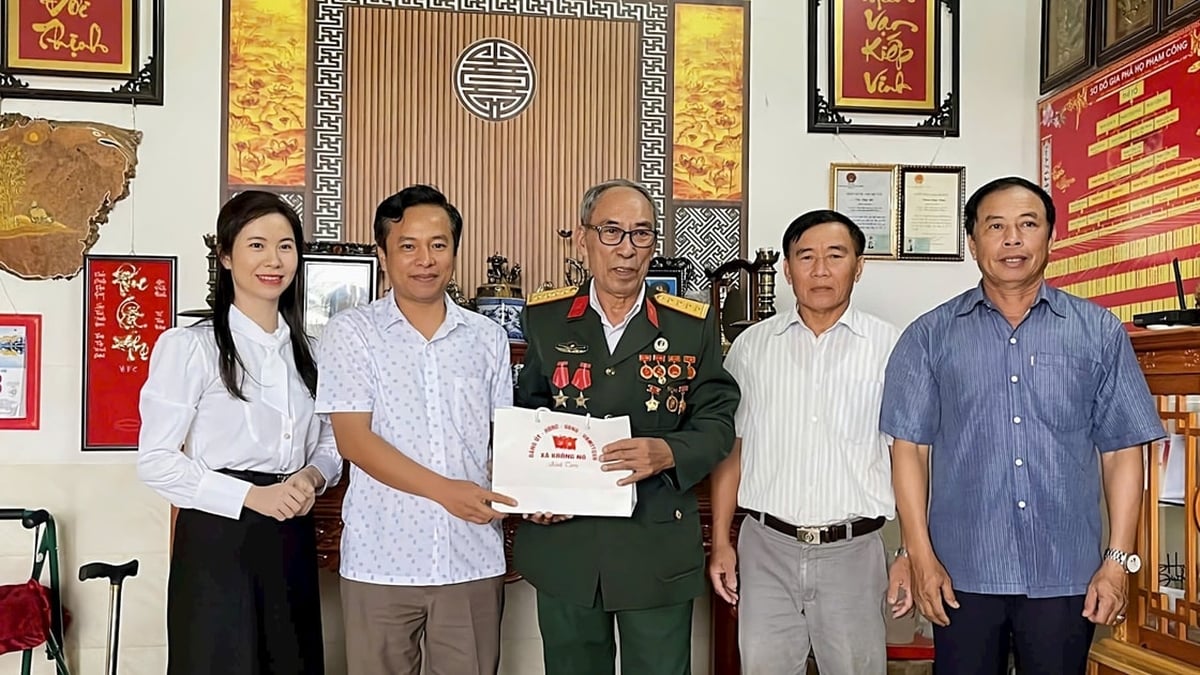
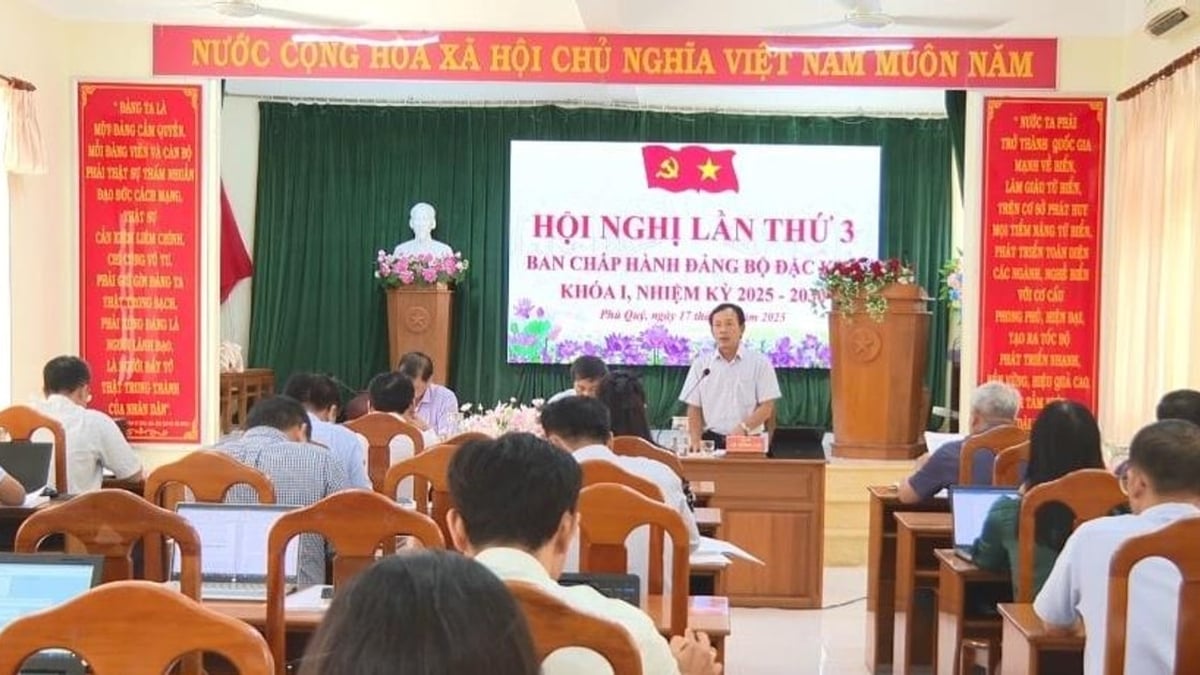
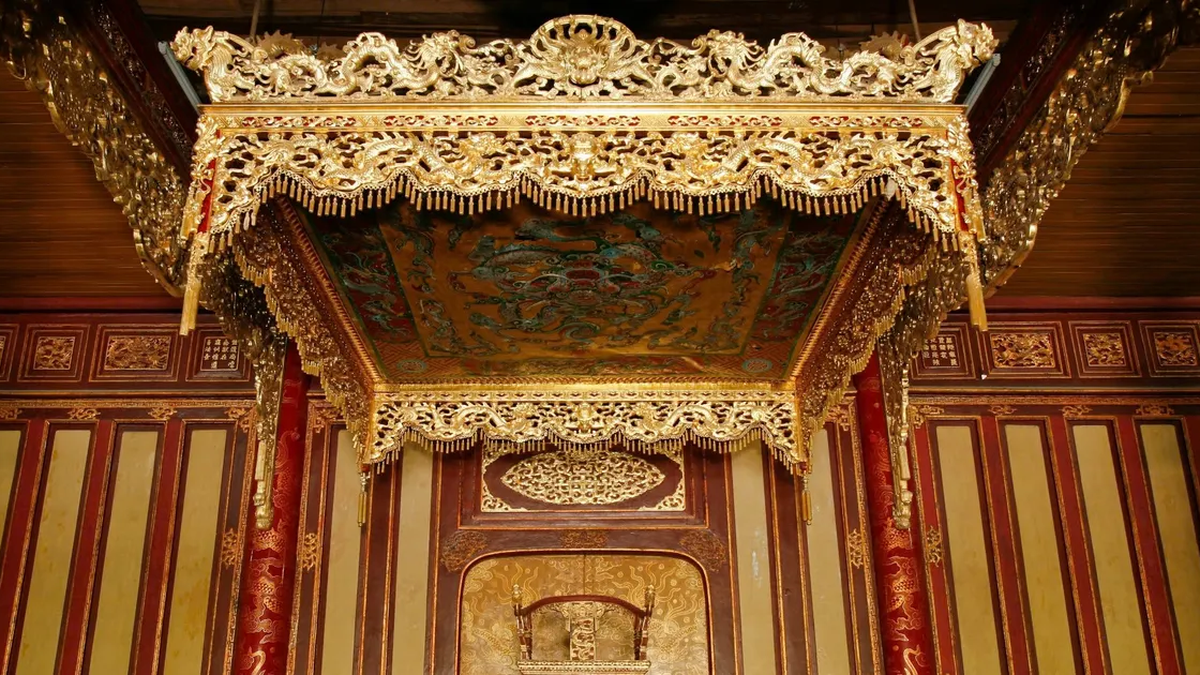








































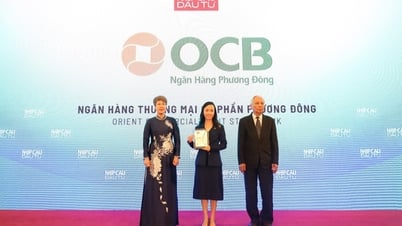
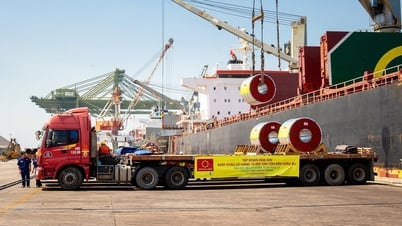







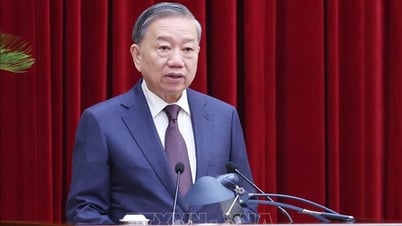



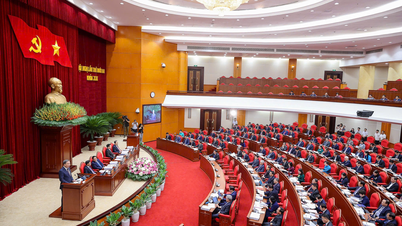




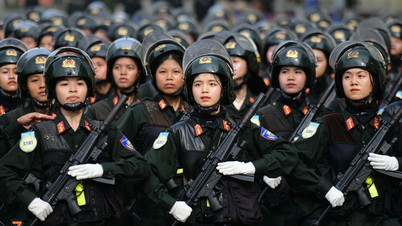
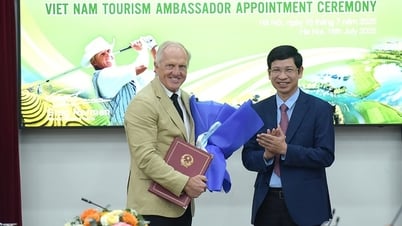





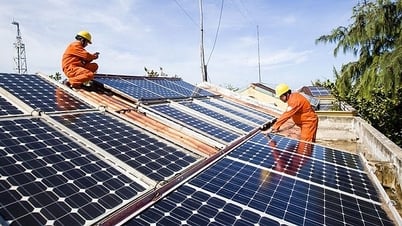
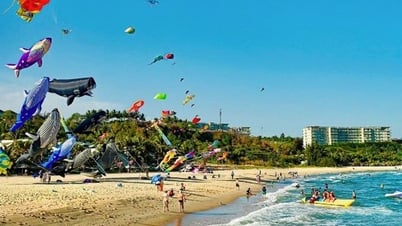








![[Infographic] In 2025, 47 products will achieve national OCOP](https://vphoto.vietnam.vn/thumb/402x226/vietnam/resource/IMAGE/2025/7/16/5d672398b0744db3ab920e05db8e5b7d)













Comment (0)